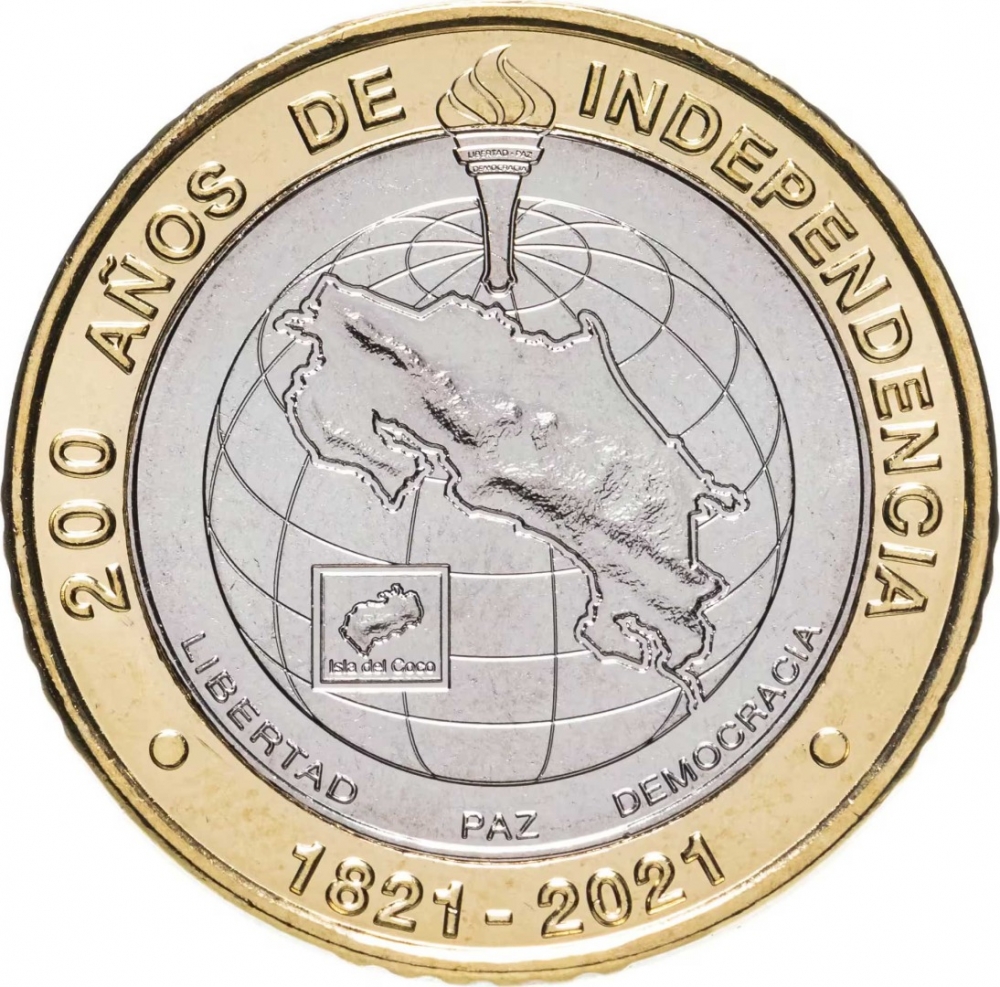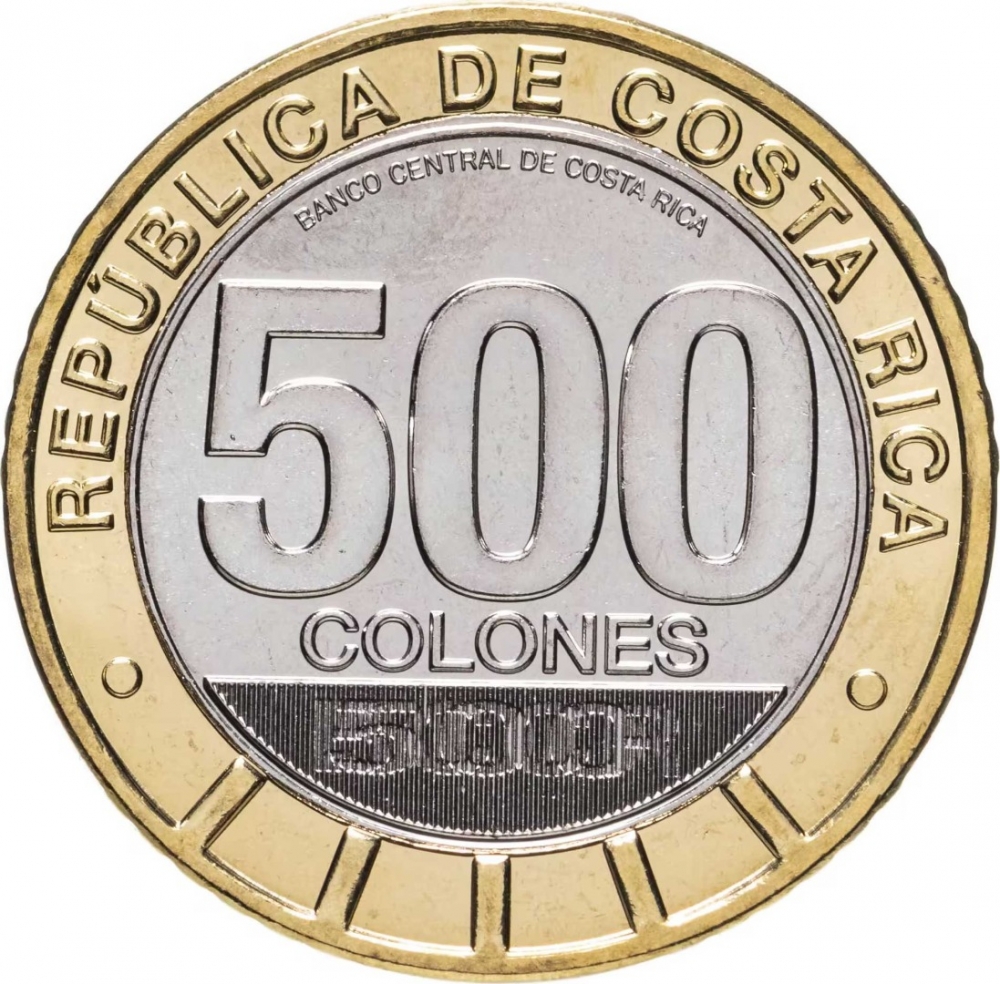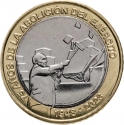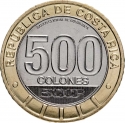You are about to finish your registration. Please check your mailbox (including spam folder). There should be a letter with a confirmation link. Check setting to make sure that your e-mail address is correct.
Send letter againDescription
After Mexico declared independence from Spain in 1821, Costa Rica joined the short-lived Mexican Empire and later helped form the United Provinces of Central America in 1823. Disenchanted by the instability in the federation, Costa Rica severed ties in 1838, adopting an isolationist stance until joining the Central American Common Market in 1962. Costa Rica's leaders recognized the potential of coffee cultivation in the 1840s, which led to British investment and significant economic growth.
Despite its isolationism, Costa Rica faced regional challenges, including the Guanacaste province secession from Nicaragua in 1825 and involvement in regional conflicts like the 1856 threat from William Walker. Under Gen. Tomás Guardia's rule (1870-1882), Costa Rica saw increased exports, infrastructure development, and the promotion of democracy with the first free and honest election in 1889. The country also experienced a decline in the Roman Catholic Church's influence in secular affairs, expanding public education and religious toleration.
Obverse

|
Depicts a torch, and country map on a globe, surrounded by the inscription "200 Years of Independence", "Cocos Island" and the motto "Freedom Peace Democracy". 200 AÑOS DE INDEPENDENCIA |
|---|---|
Reverse

|
Depicts the denomination, the issuing country, and the inscription "Central Bank of Costa Rica" above, the latent image (500 / BCCR) below. · REPÚBLICA DE COSTA RICA · |
| Edge |
Characteristics
| Type | Commemorative Issue (Circulating) |
| Material | Bi-Metallic |
| Ring | Nickel Brass |
| Center | Cupronickel |
| Weight | 10.5 g |
| Diameter | 28 mm |
| Thickness | 2.25 mm |
| Shape |
|
| Alignment | Coin |
| Mint |
Paris Mint (A)
|
Related coins
175th Anniversary of the First Costa Rican Republic
75th Anniversary of the Abolition of the Costa Rican Army





